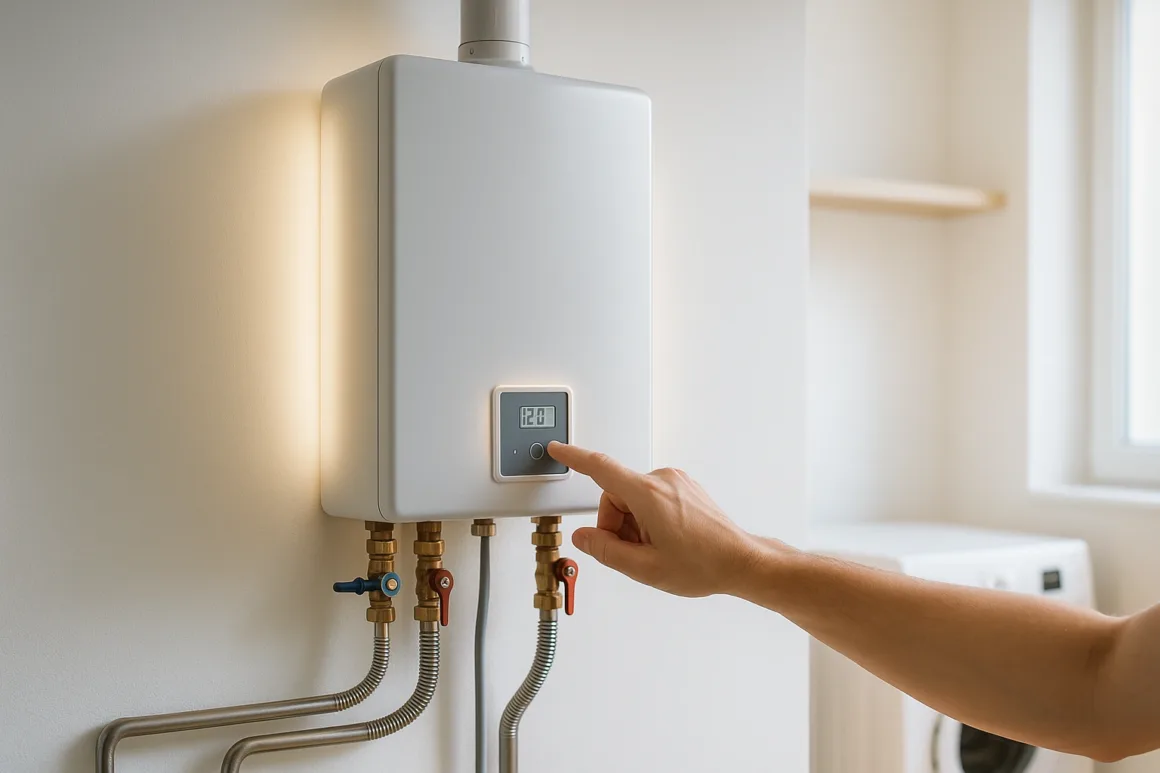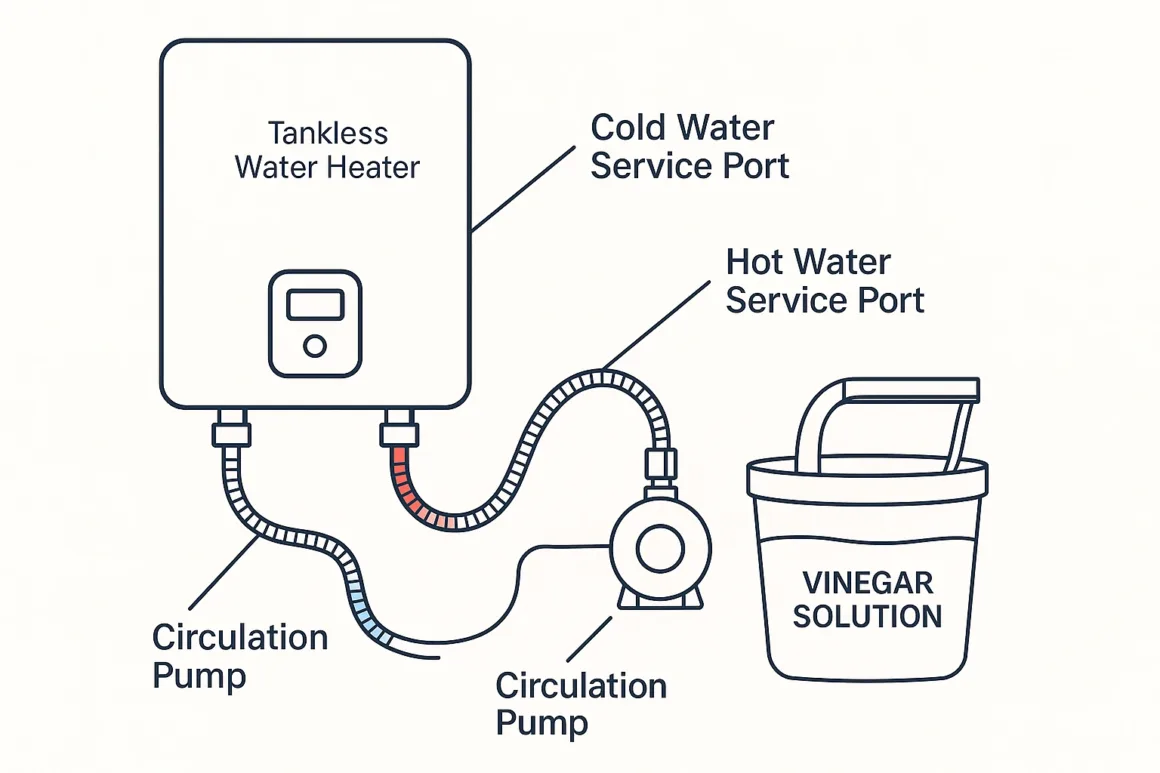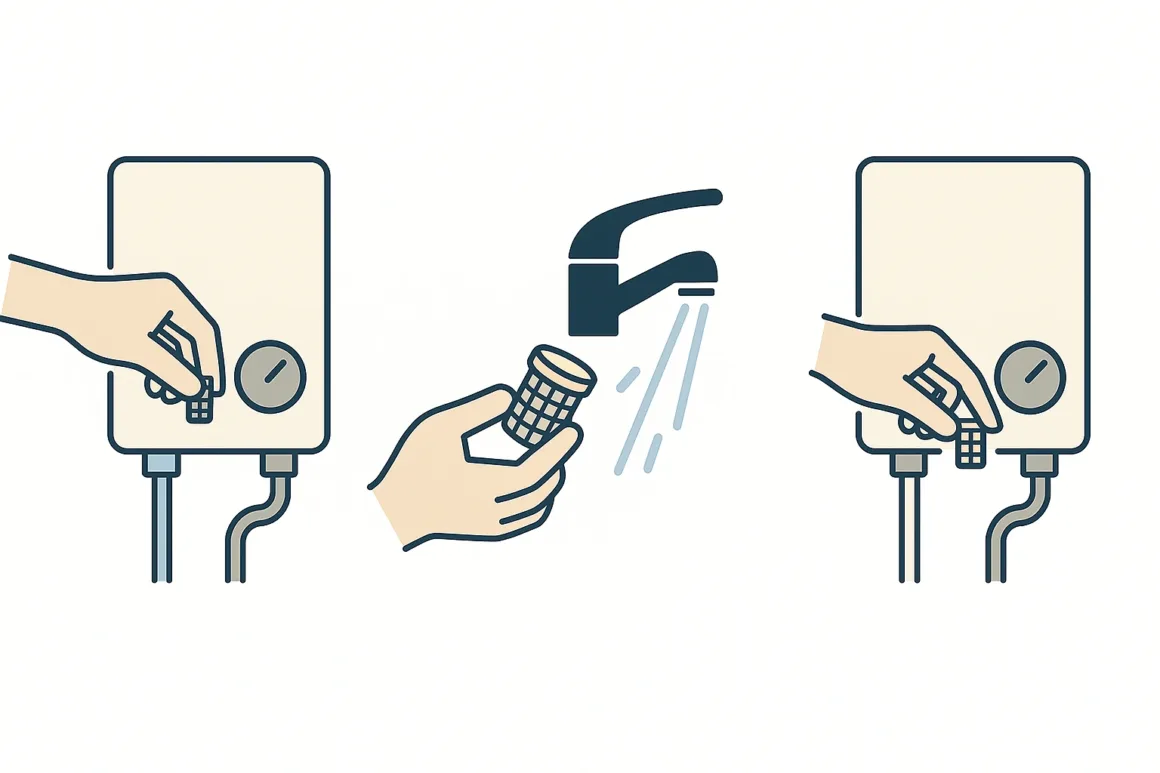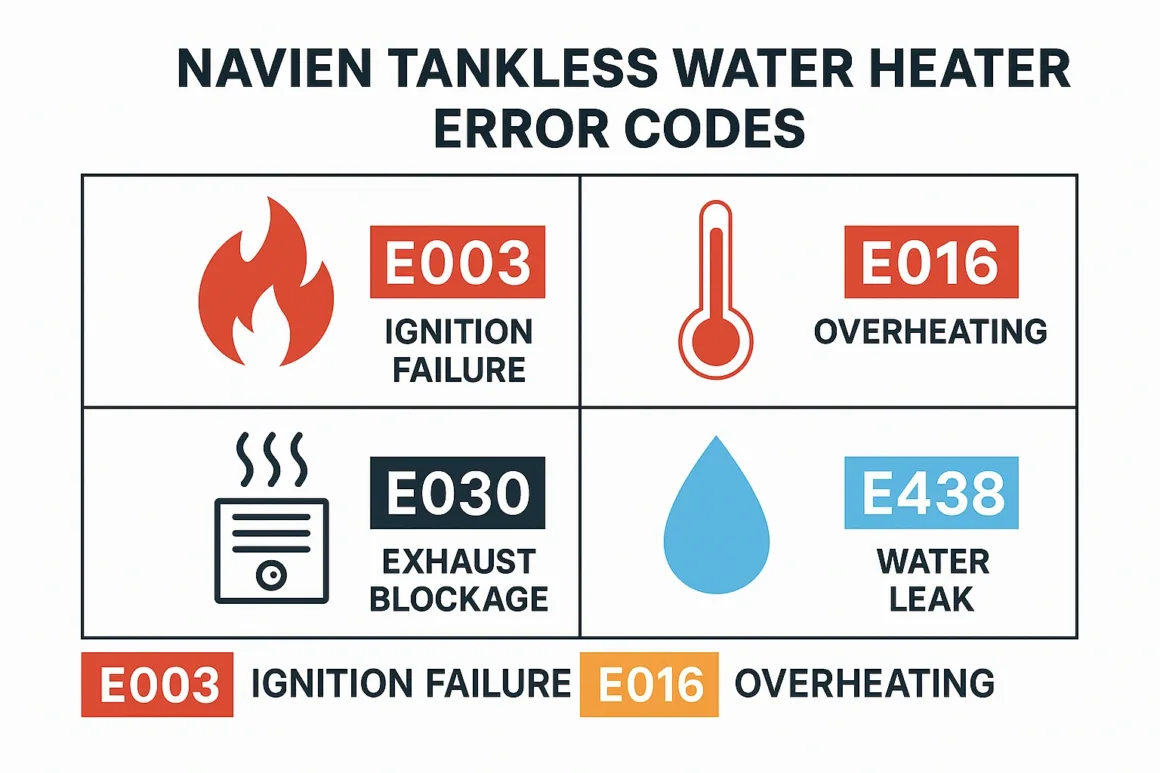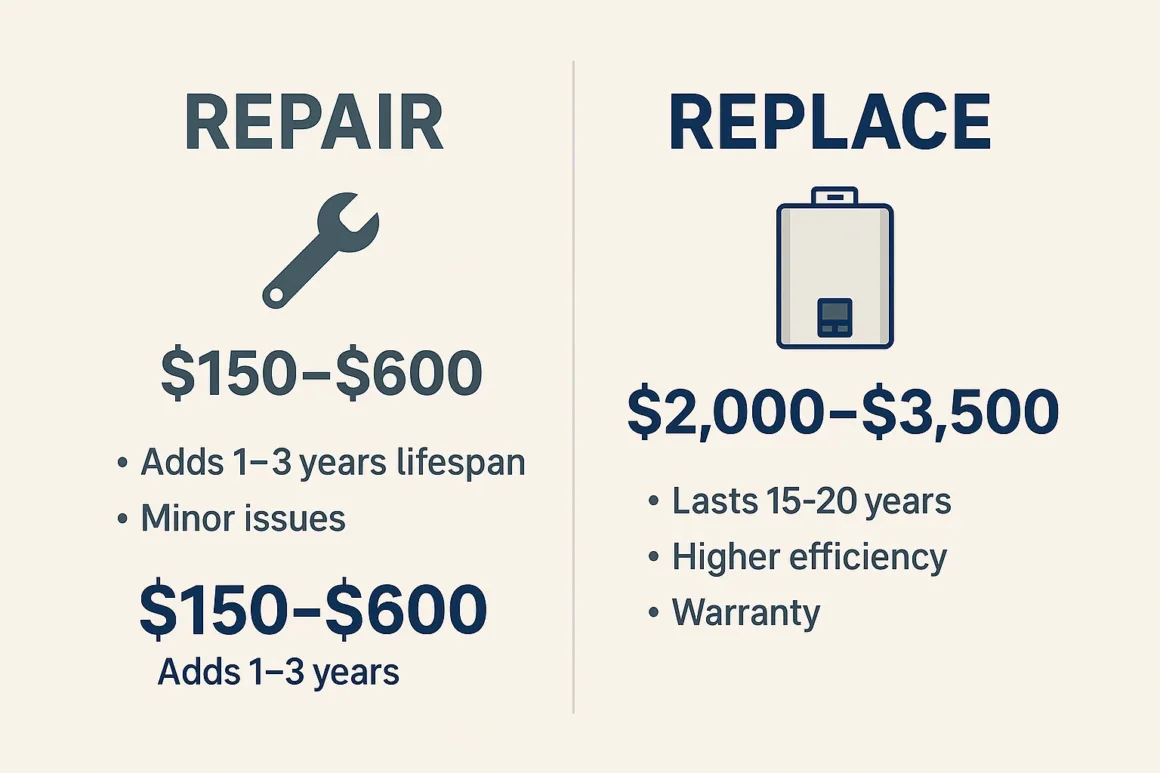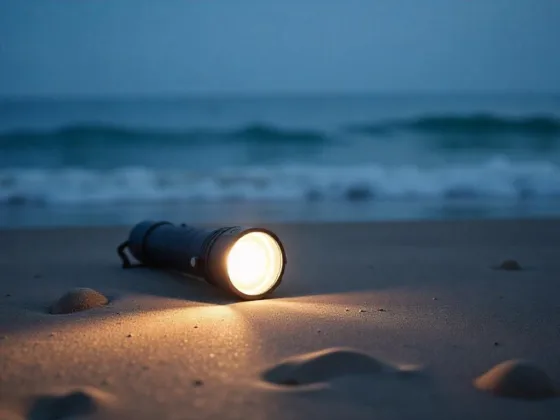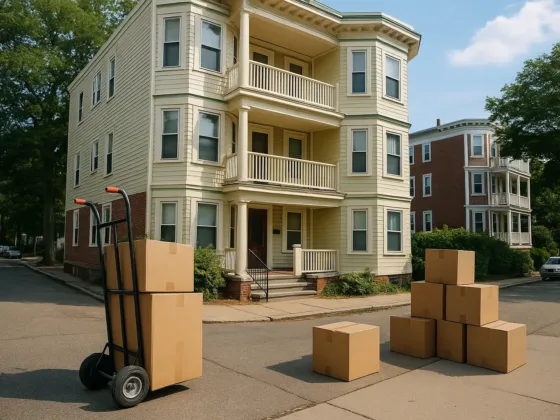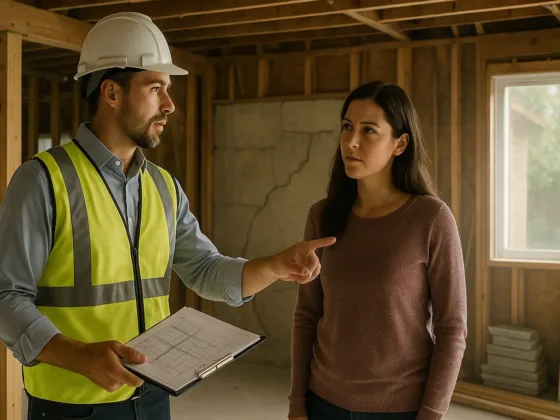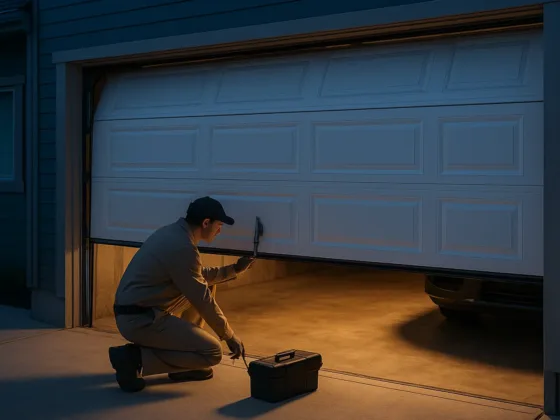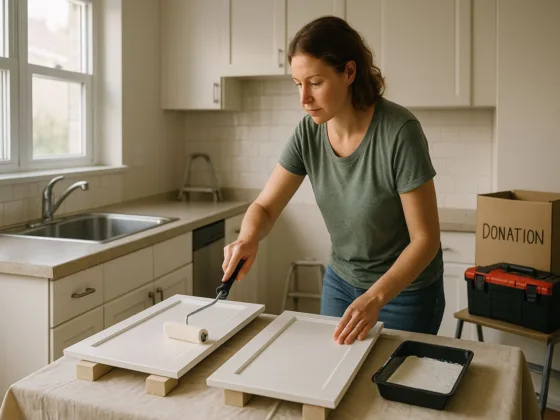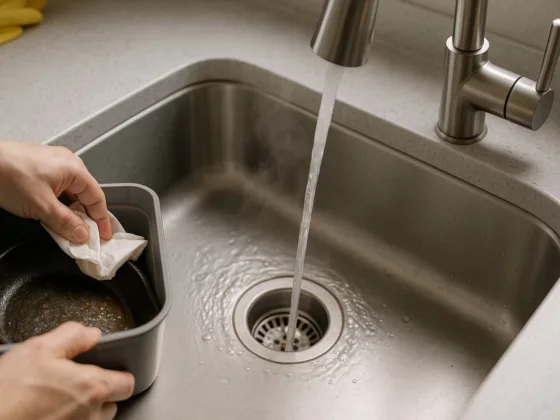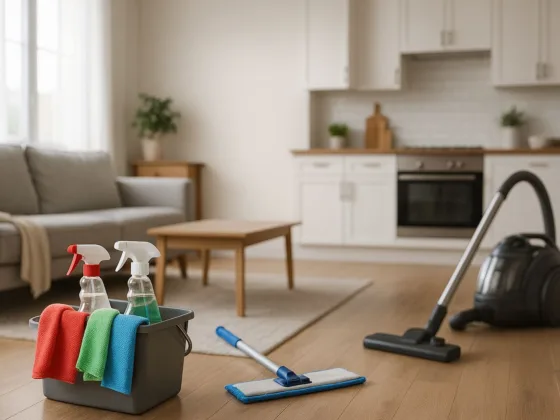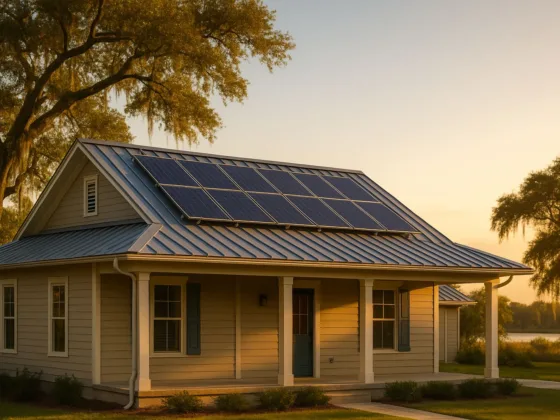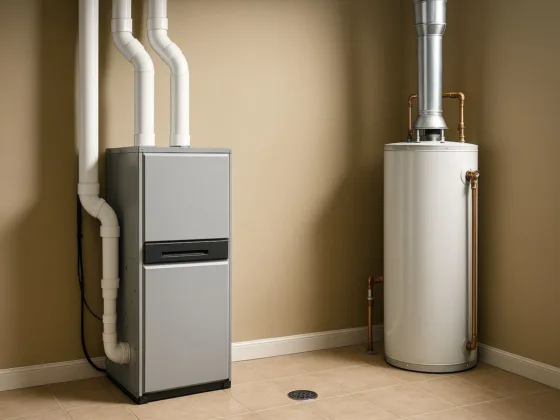Table of Contents Show
Introduction
Few things are more frustrating than stepping into a shower only to be hit with ice-cold water. If this has happened in your home, your tankless system may need repair or maintenance. This tankless water heater repair guide explains common issues, why they occur, and how to fix them safely. Reviewed by a licensed plumbing specialist, it blends hands-on homeowner advice with professional insights so you can approach repairs with confidence.
If you’re new to tankless systems, you may also want to read our primer: How Does a Tankless Water Heater Work?
Common Tankless Water Heater Problems
Recognizing the cause behind the symptom makes repair more effective:
- No hot water – ignition failure, blocked vents, or faulty flame sensors.
- Fluctuating temperatures – the “cold water sandwich,” when stored hot water mixes with incoming cold water.
- Low water pressure – clogged inlet filters restrict flow, reducing pressure at faucets and showers.
- Error codes – diagnostic signals unique to each manufacturer.
- Strange noises – mineral scale creates steam bubbles in the heat exchanger.
👉 According to Intellihot, over 40% of tankless water heater service calls involve mineral scale buildup.
How to Fix a Tankless Water Heater (Step by Step)
1. Flush and Descale
Why it matters: Mineral deposits act as insulation, reducing heat transfer efficiency by up to 30% and overworking the burner.
How to do it:
- Attach hoses to the service ports.
- Pump vinegar or descaling solution through the unit for 45–60 minutes.
- Flush with clean water.
📖 Reference: Rinnai Descaling Guide (PDF).
💡 Pro Insight:
“In Phoenix, where water hardness is among the highest in the U.S., I often see tankless heaters fail within five years if they’re not descaled twice a year,” explains Alex Barrios, Licensed Plumbing Specialist.
2. Clean or Replace Filters
Why it matters: Water filters trap sediment; clogged filters restrict flow, triggering low-pressure shutdowns. Air filters regulate combustion; blocked filters reduce burner efficiency.
How to do it:
- Rinse inlet water filters.
- Clean or replace air filters.
📖 Reference: Noritz Owner’s Guide (PDF).
3. Reset the Unit & Error Code Insights
- Why it matters: Power surges or sensor glitches can create false error codes that interfere with normal operation. A reset clears temporary errors.
- How to do it: Press the reset button (location varies by brand). If errors persist, consult your manual or troubleshooting guides.
| Error Code | Meaning | Cause | DIY Check / First Step |
|---|---|---|---|
| E003 | Ignition Failure | Weak flame signal, gas valve closed, poor grounding | Ensure gas supply is on, check electrical grounding, reset unit |
| E016 | Overheating | Scale buildup or blocked flow | Flush and descale, check water flow |
| E030 | Exhaust Overheat | Blocked exhaust vent | Inspect vent, ensure proper slope |
| E046 | Limit Control | Unsafe temperature limit exceeded | Power cycle unit; if repeated, call a pro |
| E110 | Air Pressure / Vent Fan | Blocked air intake or failed fan | Clear intake screen, inspect vent fan |
| E438 | Water Leak Detected | Internal leak sensor triggered | Shut off water, check for leaks, call a pro |
📖 Source: Happy Plumbing – Navien Error Codes.
4. Inspect the Venting
- Why it matters: Blocked venting prevents combustion airflow and risks carbon monoxide buildup.
- How to do it: Check intake and exhaust pipes for obstructions.
📖 Reference: Energy.gov – Demand-Type Water Heaters.
5. Check the Gas Supply
- Why it matters: Inconsistent gas pressure leads to ignition failure or weak flames.
- How to do it: Confirm valves are fully open. If you smell gas, stop immediately and call a licensed pro.
📖 Reference: Rheem Troubleshooting Guide.
DIY vs. Professional Tankless Water Heater Repairs
While homeowners can handle flushing, cleaning filters, and resets, licensed professionals should handle:
- Gas leaks
- Electrical faults
- Heat exchanger replacement
- Persistent error codes
👉 In states like California and New York, working on gas appliances without a license may even violate building codes. Always verify credentials through the Plumbing-Heating-Cooling Contractors Association (PHCC) or your local authority.
Preventive Maintenance Calendar
- Monthly – check for leaks, inspect venting.
- Every 6 months – flush in hard-water areas.
- Annually – full descaling, filter cleaning, professional inspection.
Proper maintenance can extend a unit’s life to 20+ years, compared to 10–15 years for tank systems (Energy.gov).
💡 If you’re weighing long-term value, check our detailed guide on the Advantages of a Tankless Water Heater.
Real Homeowner Story
“Our showers kept going cold in Austin, Texas. A local plumber tested the water and confirmed it was off the charts for hardness. After flushing the system with vinegar, the problem disappeared. We now do it every six months, and the heater’s been running like new.”
📌 This case illustrates how tankless hot water repair is often simple but highly dependent on regional water conditions.
Expert Q&A: 3 Common Mistakes Homeowners Make
Q1: What’s the #1 mistake people make?
➡ Skipping safety shut-offs. Always cut gas and power first.
Q2: Can vinegar really descale effectively?
➡ “Yes, if you keep up with it annually. But when I’m called to homes that haven’t flushed their unit in five years, vinegar alone won’t cut it—we need commercial descaling chemicals,” says Alex Barrios, Licensed Plumbing Specialist.
Q3: What should never be DIY?
➡ Gas line or electrical wiring repairs. These are hazardous and legally require a licensed contractor.
When to Replace Your Tankless Water Heater?
Even the best maintenance can’t make a tankless system last forever. Most units last 15–20 years with proper care (Energy.gov). Here’s how to tell when repair isn’t enough:
Signs It’s Time to Replace
- Frequent, costly repairs (more than once a year).
- Rising energy bills despite maintenance.
- Persistent error codes (like E016 or E003).
- Internal leaks around the unit.
- Age over 15 years.
Replacement vs. Repair Cost
- Major repairs (heat exchanger) = $1,000–$1,500.
- New system installed = $2,000–$3,500.
If repair costs exceed 50% of replacement, go new.
📌 You should also factor in operating costs. A full breakdown can be found here: How Much Electricity Does a Tankless Water Heater Use?
💡 Pro Tip:
“I often tell homeowners to think of tankless systems like cars. If you’re constantly fixing one thing after another and the mileage is high, it’s smarter to invest in a new one before the breakdown leaves you without hot water.” — Alex Barrios
Repair vs. Replace: Which Makes More Sense?
| Factor | Repair Tankless Water Heater | Replace Tankless Water Heater |
|---|---|---|
| Cost Range | $150–$600 for most repairs. Major repairs: $1,000–$1,500. | $2,000–$3,500 installed (unit + labor). |
| Best For | Units under 10 years old with minor issues. | Units 15+ years old, leaking, or needing frequent repairs. |
| Downtime | Same-day service in most cases. | 1–2 days without hot water during install. |
| Longevity After Fix | Repairs may add 1–3 years. | New unit lasts 15–20 years with maintenance. |
| Energy Efficiency | Efficiency declines with age. | New models are 8–34% more efficient (Energy.gov). |
| Peace of Mind | Lower upfront cost. | Long-term savings, fewer breakdowns, warranty. |
FAQs
Annually, or every 6 months in hard-water zones.
Descaling kit, vinegar, wrench, screwdriver, bucket, safety gloves.
DIY supplies: $20–$50; pro repairs: $150–$600+.
The “cold water sandwich”—fix with insulation or recirculation pump.
Conclusion
Understanding not just how to fix a tankless water heater, but also when to replace it, helps you make smarter decisions. Start with safe DIY steps like flushing and cleaning filters, and leave gas or electrical repairs to licensed pros.
👉 Whether through timely tankless water heater repairs or choosing replacement at the right moment, you’ll extend the life of your investment and guarantee steady hot water for your family.
Perla Irish — Editor & Home Improvement Writer
Perla Irish writes about home safety, DIY plumbing, and maintenance for DreamlandsDesign. She specializes in creating step-by-step guides that help homeowners solve everyday repair issues with confidence.
Expert Reviewer
Alex Barrios — Licensed Plumbing Specialist
Alex Barrios is a certified plumbing technician with more than 15 years of hands-on experience installing and repairing tankless and traditional water heaters. He reviewed this article for accuracy, safety, and alignment with manufacturer best practices.
Editorial Policy: This article references manufacturer manuals and authoritative sources such as Energy.gov. Always follow local building codes and consult a licensed professional for gas or electrical work.
